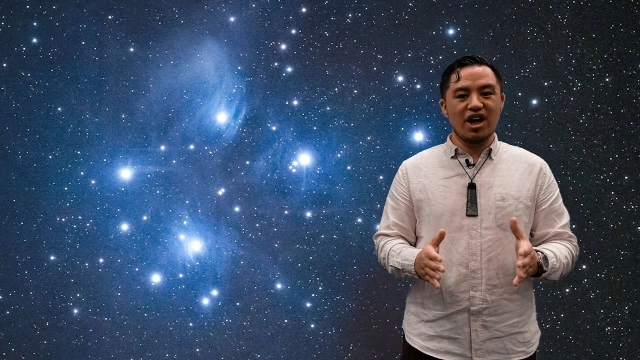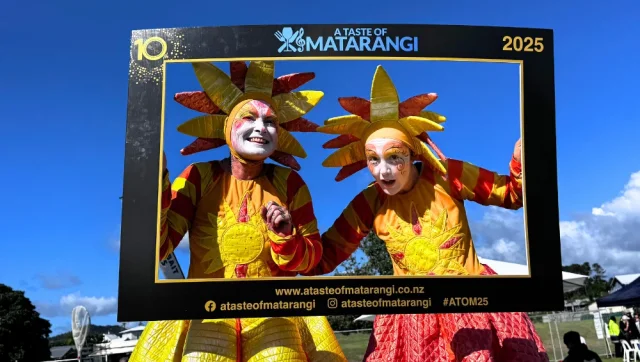- Stories
- Event Stories
- What is Matariki and why is it important?
What is Matariki and why is it important?

Matariki is being celebrated on Friday 20 June in 2025. Are you unsure what Matariki means and what its origins are? In this article we take a look at what Matariki is, where a star cluster fits in, and we’ve got nine ideas of how you could celebrate with your friends and family.
Help us get the word out!
If you like this article, please share it!
2025 Matariki Events in Mercury Bay
For deals, specials and events from local businesses over Matariki and these school holidays, take a look at our Matariki Celebration page. And, more information on the events pages.
What is Matariki?
The Maori name for the star cluster Pleiades, also known as The Seven Sisters, is Matariki. It has two meanings with both referring to stars.
Mata ariki - eyes of god
Mata riki - little eyes
The Matariki star cluster appears in the night sky during June or July and signals the Maori New Year. Timing varies each year, much like the Chinese New Year, however occurs during winter in New Zealand.
What does Matariki mean to Māori?
Traditionally, Matariki was celebrated by Maori after the harvesting of crops and the winter store houses were full. Matariki festivities were held to be thankful for the harvest, acknowledge the dead and release their spirits, honour ancestors and to celebrate life. It also signalled the passing of another year. And, this winter period usually allowed more time for family and leisure activities.
The brightness of the Matariki stars are said to signal how abundant the next year’s harvest would be. Bright stars promised success and hazy stars warned of poor crops and weather.
Nine ideas to celebrate Matariki
Celebrating Matariki in the past meant the coming together of families to remember ancestors, the lighting of ritual fires, sharing food, telling stories, singing and playing music.
This sentiment hasn’t changed. Matariki is a great time to get together with family and friends and look towards a bright future, with the hope of a full kete (basket). It is also an ideal time to share and pass on aspects of culture and heritage.
Here are ideas to celebrate Matariki with your friends and family this year by:
- Enjoying a mid-winter feast with family or a neighbourhood pot-luck event
- Light a candle and reflect on the past year or to remember loved ones.
- Celebrate your wins from the past year, write down aspirations and dreams for the year ahead
- Try stargazing, enjoy looking at the stars with friends and family - can you spot Matariki?
- Plant a tree or prepare your veggie garden for a new planting
- Make a kite with children. This is a traditional Matariki pastime as kites sail close to the stars and connect us to the earth and our ancestors
- Tell stories of ancestors or of family history
- Sing songs, try learning something new
- Play games with family & friends in front of the fire.
Matariki Legends
There are many stories and legends about the Matariki stars. One popular legend is that the seven stars are a mother and her six daughters. Each year they travel across the sky to visit their kuia (elder) earth mother papatūānuku. The daughters use their unique gifts to bring life and essence to earth’s different environments. While they are visiting their kuia, they are also learning new skills and knowledge to pass on to others. Read more about this legend and Matariki by visiting the Te Papa Website.
How to find the Matariki stars
The Matariki stars are often best seen low on the horizon in the north east of the sky between about 5.30am and 6.30am.
If you can see the three well known stars at the bottom of Orion’s pot (Tautoru), you should be able to see a bright star above them (Puanga). Look to the left of these stars and you may see a bright orange star (Taumata kuku) and further left the cluster of Matariki stars.
For a visual hand, watch the video below.
Related Links
What is there to do in Whitianga?-
{{#owner}}
-
{{#url}}
{{#avatarSrc}}
{{name}} {{/url}} {{^url}} {{#avatar}} {{& avatar}} {{/avatar}} {{name}} {{/url}} - {{/owner}} {{#created}}
- {{created}} {{/created}}













